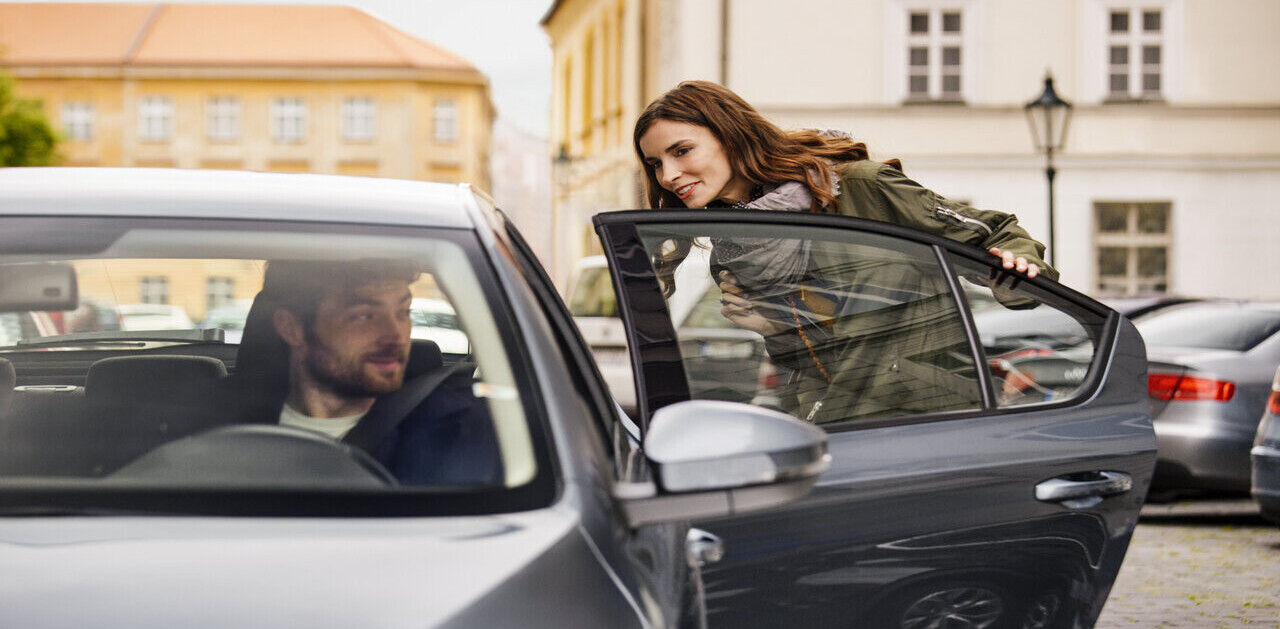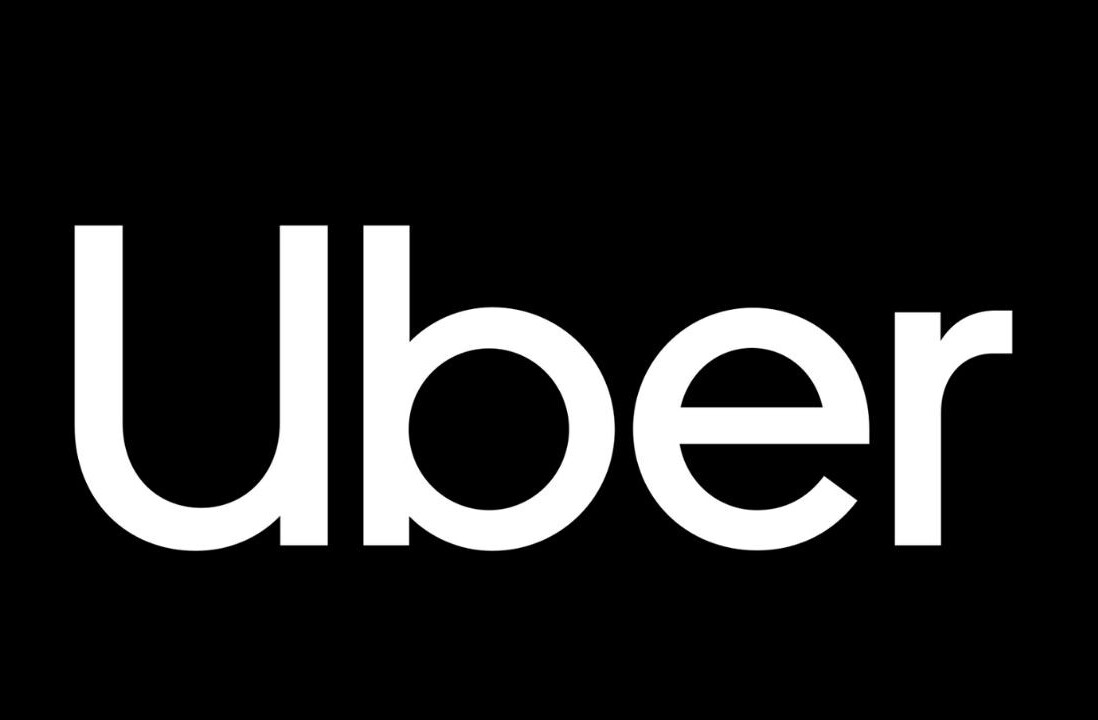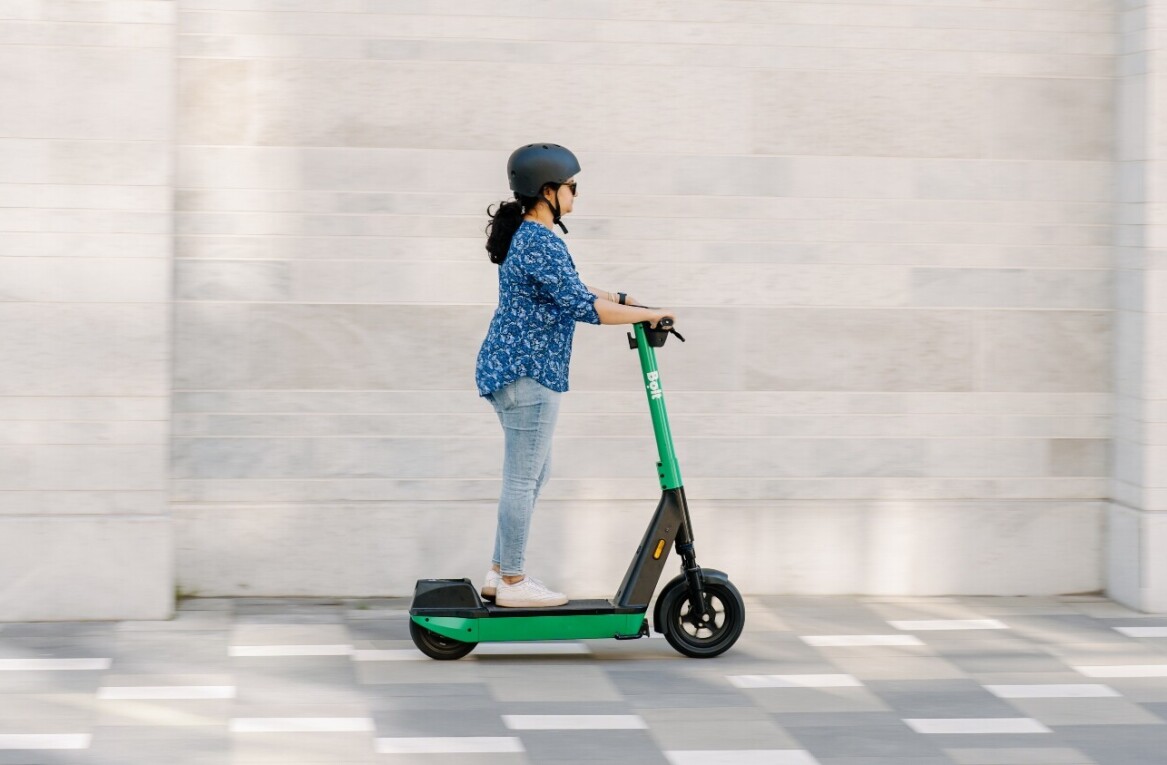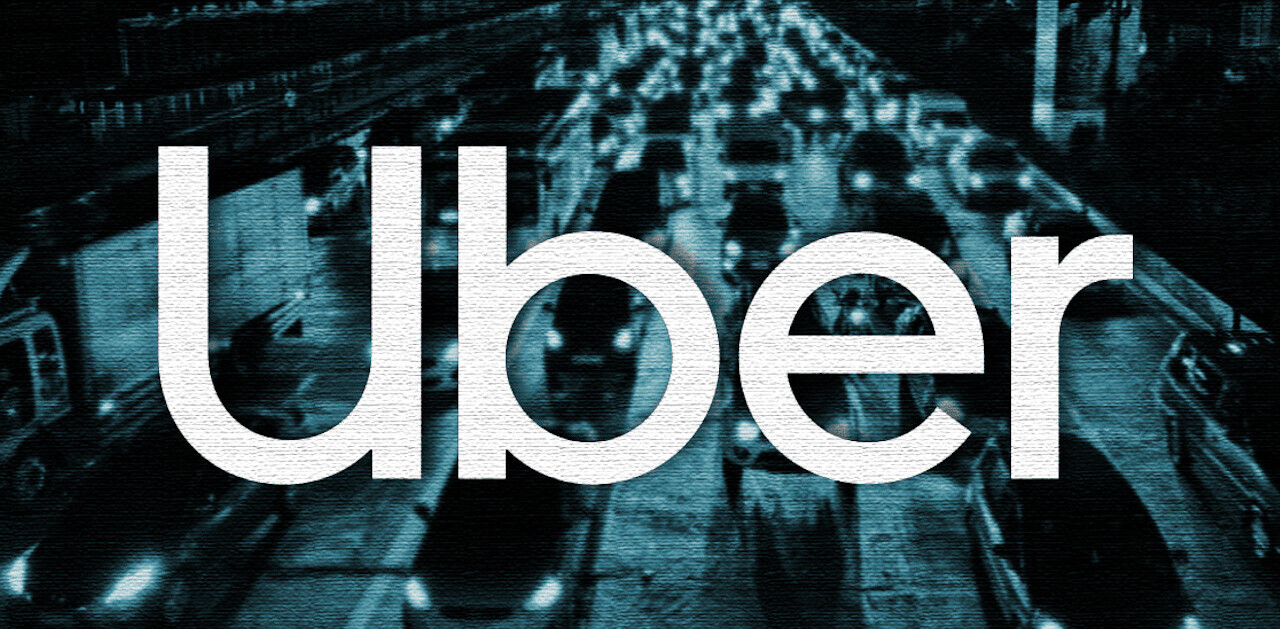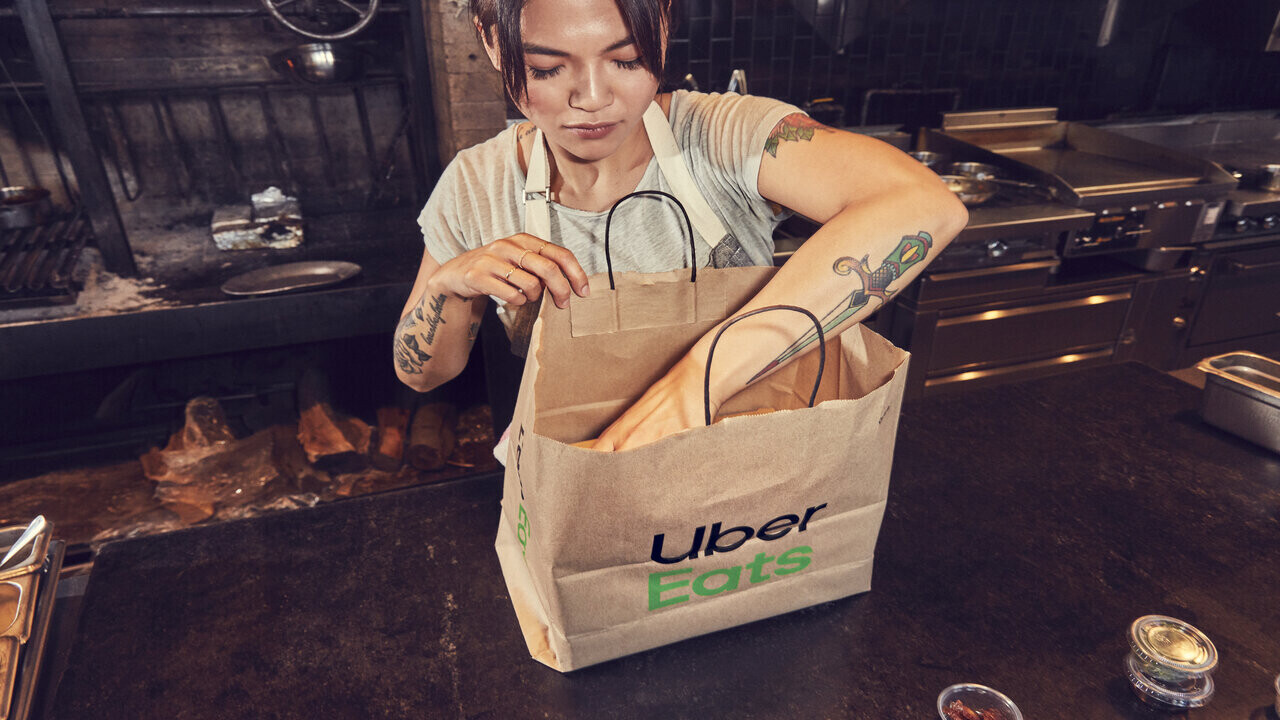
What would our cities look like without Uber and the ride-sharing competitors that followed? According to author and tech privacy activist Cory Doctorow, city planners might be chasing the wrong horse by giving Uber such freedom in many cities.
Doctorow published a scathing article on Uber. He describes Uber as
“a shiny distraction that made it harder to do stuff that does work, like dedicated bus lanes.”
By focusing on a mode of transport that encompasses all manner of public and private transport options, have we let our cities take less responsibility for initiatives to get us out of our cars and green options such as buses and trains?
What happens when ride-hailing picks up the slack?
I grew up in a fairly large city: Melbourne, Australia. Melbourne is 13 times larger than New York and a comparable size to London or Paris. It’s home to an international airport.
The Melbourne international airport is 22km (13 miles) from the city center. Currently, COVID-aside, the journey by public transport costs under $5AUD ($3.70USD). However, it takes an hour and 40 mins — yep, for 22km.
Otherwise, there’s a privately owned shuttle bus for $18 ($13USD) or you can grab a cab, Uber, or Lyft and be in the city in about 20 minutes. Melbourne Airport set up a pickup bay for Uber in 2017 but it’s only this year that the city started building a rail connection to Melbourne Airport.
For too long Melbourne, like many cities, relied on private providers to pick up the slack — a trend that Doctorow sees in many cities to their peril, especially when it comes to Uber.
Uber: a business model of loss
Doctorow breaks down the economics of Uber’s business model. He calls Uber a “bezzle,” which he describes as:
the magic interval when a confidence trickster knows he has the money he has appropriated but the victim does not yet understand that he has lost it.
Over the years, we’ve seen Uber expand their reach beyond ridesharing and carpooling. They focus on meal and freight delivery, electric bikes and scooters, self-driving cars, and urban aviation.
However, in 2020, Uber sold off some of its most ambitious projects. Specifically:
- In May, Uber sold off its bike and scooter business JUMP to Lime. This coincided with the announcement that the company has lost $2.9 billion since the start of 2020 and laid off 14% of its workforce.
- In December, Uber sold off its autonomous vehicle unit, Advantage Technologies Group, to Aurora.
- Also in December, their flying taxi unit Uber Elevate was acquired by Joby Aviation.
While they maintain an investment in all of these projects, it’s a blow for R&D in micromobility, autonomous vehicles, and infrastructure for flying taxis.
All this effort for food delivery and shipping?
Were they doing this to focus their attention or something more innovative? Not really. Uber acquired delivery service Postmates for $2.65 billion in December, cementing its focus on food delivery.
This year they’re acquiring logistics company Transplace to integrate into their Uber Freight logistics platform.
Those praising Uber as disruptors can hardly cut them slack for their unwillingness to classify drivers as employees, questionable investment sources, and inability to stop drivers sexually assaulting passengers when they are no longer paving the way for the next generation of mobility innovation.
Further, a shortage of Uber drivers and less than stellar 2021 Q2 profits, mean that Doctorow’s belief in Uber as doomed just might be right. The company left an indelible mark on urban transport — but our cities might not look that all that different when Uber is no longer in business.
Do EVs excite your electrons? Do ebikes get your wheels spinning? Do self-driving cars get you all charged up?
Then you need the weekly SHIFT newsletter in your life. Click here to sign up.
Get the TNW newsletter
Get the most important tech news in your inbox each week.

